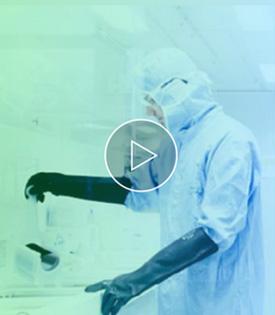Deionizing Mixed-Bead Resin, Bio-Rad
Supplier: Bio-Rad
1426424
1437424
1427425
1437425
1437834
1436424
1436425
1426425
1427834
101642-842EA
816.92
USD
101642-842
101642-880
101642-846
101642-882
101642-884
101642-876
101642-878
101642-844
101642-848
Deionizing Mixed-Bead Resin, Bio-Rad
Beads
Plastic Beads
Learn more

About VWR
Avantor is a vertically integrated, global supplier of discovery-to-delivery solutions for...